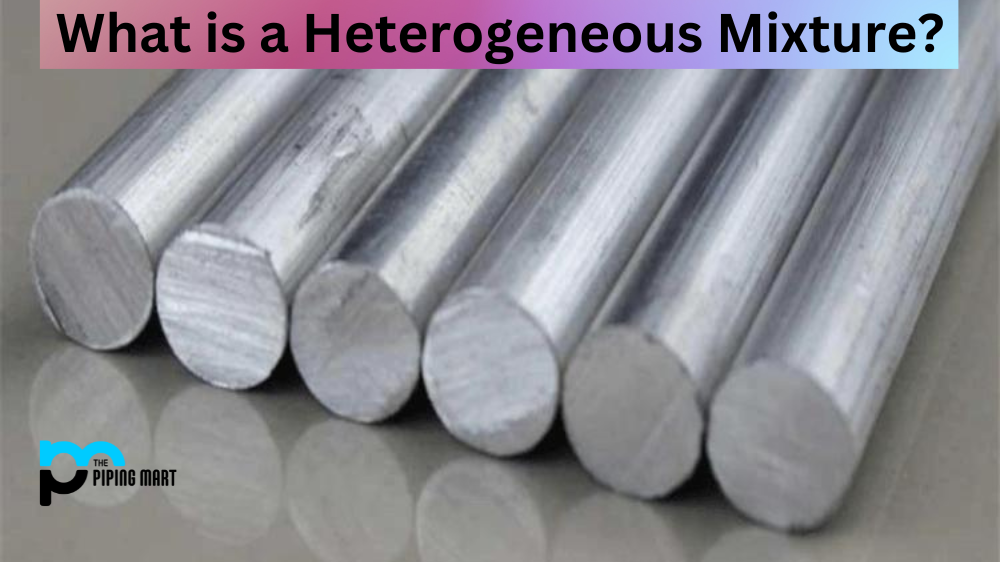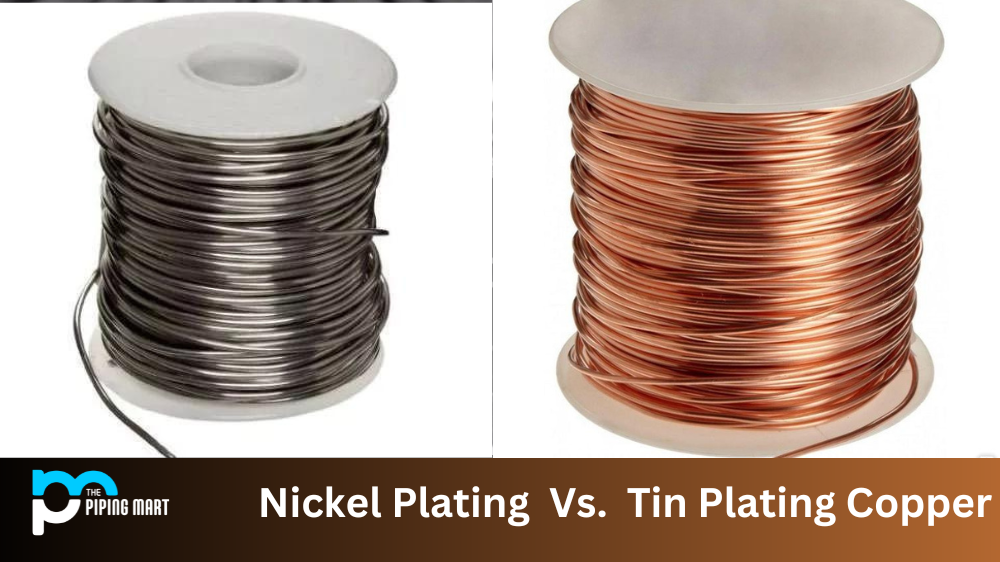Have you ever asked yourself what the difference is between a homogeneous and heterogeneous mixture? If so, you’re not alone. In this blog post, we’ll explore what a heterogeneous mixture is and how it differs from other types of mixtures. We’ll then take an in-depth look at stainless steel to see if it fits the definition of a heterogeneous mixture.
What is Heterogeneous Mixture?
A heterogeneous mixture is a type of material composed of two or more visibly distinct components that are not evenly distributed throughout the material. This means that when you look at the material, you can easily distinguish between its component parts. Examples of common heterogeneous mixtures include soil, rock, salads, trail mix, and concrete.
In contrast to heterogeneous mixtures, homogenous mixtures are composed of two or more components that are evenly mixed together and cannot be visually distinguished from one another. Examples of homogenous mixtures include sugar water, air (which consists of nitrogen and oxygen molecules), and many alloys such as brass and bronze.
Is Stainless Steel a Heterogeneous Mixture?
Stainless steel is an alloy made up of iron, chromium, manganese, silicon, carbon and nickel in varying proportions depending on the kind of stainless steel being produced; as such stainless steel can be classified as both a homogenous mixture—since its component parts are evenly distributed throughout the alloy—and an example of metallurgy—since it involves reshaping metals through heating them up to high temperatures while they are in their liquid state before cooling them down again into a solid form. So while stainless steel has some characteristics that make it similar to a heterogenous mixture—namely, its visually distinct component parts—it would not be considered one since those components are evenly distributed throughout the material.
Conclusion:
To recap: A heterogenous mixture is composed of two or more visibly distinct components that are not evenly distributed throughout the material, while homogenous mixtures consist of two or more components that are completely blended together so they cannot be visually identified from one another. Stainless steel does have some characteristics that make it similar to a heterogeneous mixture but ultimately, it would not be considered one since its component parts (iron, chromium, manganese etc.) are all evenly distributed throughout the alloyed material rather than being visibly isolated from one another like typical examples of heterogeneous mixtures such as soil or rock. We hope this post has helped shed some light on why stainless steel cannot be classified as a heterogeneous mixture!

Pipingmart is a B2B portal that specializes in metal, industrial and piping items. Additionally, we share the latest information and information about materials, products and various types of grades to assist businesses that are involved in this business.




